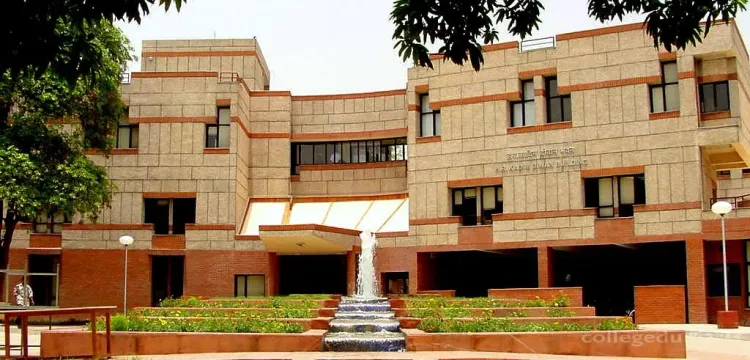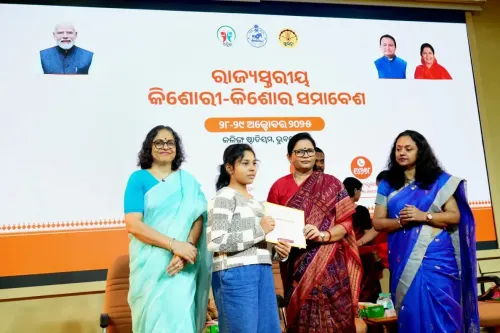Can IIT-Kanpur's plane successfully induce artificial rain in Delhi?

Synopsis
Key Takeaways
- IIT-Kanpur collaborates with Delhi government for cloud seeding.
- Two attempts made to induce artificial rain on October 28.
- Cloud seeding can potentially improve air quality in the capital.
- Future attempts are planned to tackle pollution challenges.
- Historical significance of using scientific methods to combat environmental issues.
New Delhi, Oct 28 (NationPress) The Delhi Forest and Environment Minister Manjinder Singh Sirsa announced that two initiatives to create artificial rain were conducted in the city on Tuesday, facilitated by IIT-Kanpur, with plans for more efforts in the coming days.
“Today, one operation took place in the morning and another in the evening. We are yet to analyze the outcomes,” Sirsa informed IANS, emphasizing the government's commitment to utilizing scientific methods to tackle the severe air pollution affecting Delhi.
The artificial rain experiment is particularly timely, coinciding with the declining air quality typically noted around Diwali. The Air Quality Index (AQI) in Delhi and the nearby regions continues to register in the 'poor' and 'very poor' categories across various locations.
Cloud seeding involves injecting substances like silver iodide nanoparticles, iodized salt, and dry ice into the atmosphere to stimulate rainfall, often employed in regions facing water shortages or to mitigate hail and fog.
IIT-Kanpur reported that its aircraft seeded a corridor approximately 25 nautical miles (46.3 km) long and 4 nautical miles (7.4 km) wide, with the farthest distance covered between Khekra and Burari colonies.
The initial operation involved six flares launched from an altitude of 4,000 feet. The second flight, which took off at 3:55 p.m., deployed eight flares at a higher altitude of around 5,000 feet.
For the first attempt, Sirsa stated that the aircraft approached the city from the direction of Meerut, releasing flares over Burari, Karol Bagh, and East Delhi.
Moreover, IIT-Kanpur is investigating the feasibility of inducing artificial rain in clouds with as little as 20 percent moisture content.
“Successful cloud seeding typically requires a minimum of 50 percent moisture in clouds, but IIT-Kanpur aims to achieve something 'historical' even with lower moisture levels,” he elaborated.
With the inclusion of Tuesday's two cloud seeding trials, the total number of attempts conducted in Delhi has reached three, according to the Minister.
“Many more cloud seeding efforts are planned in the upcoming days,” he added.
IIT Kanpur Director Manish Agarwal noted that previous attempts to create artificial rain in the capital had been hindered due to a lack of necessary approvals.
“This time, we have received the green light from both the Delhi government and the Ministry of Environment, increasing the chances of success for the experiment,” he remarked.
This technique can potentially induce rain within a radius of approximately 100 kilometers, which would significantly alleviate air pollution.
The IIT team had previously completed all technical preparations and conducted practice runs.
Experts suggest that artificial rain could help settle dust, smoke, and pollutants, thereby cleansing the air and providing substantial relief from pollution.
The Delhi Chief Minister had previously outlined her government's ambitious strategies to combat toxic air using scientific solutions.
Leading up to the city's inaugural cloud seeding initiative aimed at scientifically addressing air pollution, CM Gupta stated, “If the conditions are favorable, Delhi may witness its first artificial rain on October 29.”
She expressed, “This initiative is not only a historic technical milestone but is also set to establish a scientific approach to combating pollution in Delhi.”
The Delhi government formalized a Memorandum of Understanding with IIT-Kanpur in September to conduct five cloud-seeding trials across northwest Delhi, with a budget of Rs 3.21 crore. All five attempts are scheduled before November 30.







